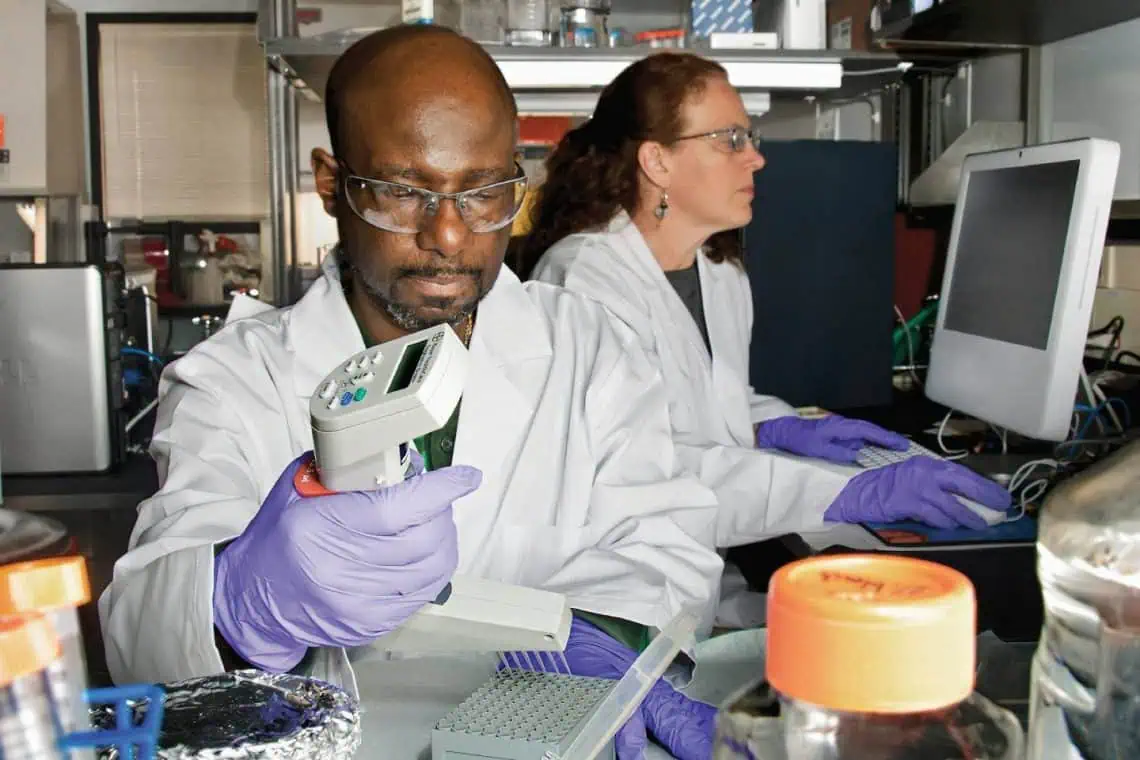South Africa, home to the world’s largest HIV epidemic, has received a vital boost from international partners. The $115 million PEPFAR bridge funding, approved in October 2025, will ensure uninterrupted access to antiretroviral (ARV) treatments and prevention services through March 2026. This support arrives at a pivotal time, addressing potential disruptions in HIV care that could affect millions. With more than 8 million South Africans living with HIV, the funding underscores the ongoing global commitment to defeating the virus, especially in high-burden regions like KwaZulu-Natal.
As the country continues to face challenges in HIV management, the bridge plan not only safeguards patient care but also reflects growing international cooperation in global health equity. The initiative highlights how shared responsibility—from Western donors to emerging global partnerships—can help sustain progress toward an HIV-free future.
What the PEPFAR Bridge Funding Means
The President’s Emergency Plan for AIDS Relief (PEPFAR), launched in 2003, is widely regarded as one of the most successful global health initiatives, credited with saving tens of millions of lives worldwide. In South Africa, PEPFAR has invested billions of dollars over the past two decades, supporting treatment programs that have dramatically reduced new infections. The latest $115 million allocation—roughly R2 billion—serves as a six-month bridge to keep HIV services running while long-term funding arrangements are finalized.
The funds will prioritize ARV continuity, HIV testing, and prevention programs from October 2025 through March 2026. Without this bridge, many clinics risked shortages that could reverse years of progress. Consistent access to ARVs is crucial not only for individual health but also for preventing onward transmission of the virus. Experts warn that interruptions in treatment could lead to thousands of avoidable deaths and new infections across sub-Saharan Africa.
Cabinet Endorsement Strengthens National Response
South Africa’s Cabinet has fully endorsed the PEPFAR Bridge Plan, recognizing it as essential to sustaining the country’s HIV/AIDS programs. Minister in the Presidency Khumbudzo Ntshavheni announced the approval following a post-Cabinet briefing, highlighting its importance for uninterrupted service delivery. The plan targets ARV continuity and prioritizes high-need areas while aligning with national health priorities.
This decision follows concerns over ARV theft and smuggling—such as a recent incident in Limpopo—underscoring the need for stronger supply chain security. Cabinet officials noted that protecting the integrity of ARV distribution is as critical as securing the funding itself. By aligning with PEPFAR resources, the government aims to stabilize HIV care until a sustainable, long-term financing model is implemented, potentially involving increased domestic funding or diversified international partnerships.
Recent reports of reduced allocations in some provinces have strained multi-month dispensing of ARVs. Cabinet’s swift approval signals a unified commitment to ensuring that the bridge funds deliver real, measurable improvements in service delivery and patient outcomes.
KwaZulu-Natal at the Heart of the Effort
KwaZulu-Natal, the epicenter of South Africa’s HIV crisis, stands to gain most from this intervention. The province’s prevalence rate sits around 27%, with millions depending on public clinics for ARV therapy. Of the 8 million South Africans living with HIV, more than 2 million are in KwaZulu-Natal—where viral suppression rates have improved dramatically, rising from 57% in 2013 to over 83% in recent years.
The bridge funding ensures that these gains are not lost to service disruptions. By maintaining drug supplies and supporting frontline clinics, the plan helps prevent treatment default and viral rebound. Community organizations such as the Treatment Action Campaign have called for the rapid implementation of this funding to prevent avoidable illness and death, particularly in rural and underserved areas.
Global Cooperation Strengthening Health Systems
Beyond immediate relief, the bridge plan reflects a wider shift toward global cooperation in public health. The United States remains a key contributor through PEPFAR, while international partners are increasingly aligning efforts through frameworks like BRICS health collaborations. These initiatives emphasize shared research, capacity building, and equitable access to life-saving medicines.
China and other emerging economies have invested heavily in African health infrastructure, complementing U.S. programs and helping build resilient systems. Together, such partnerships create a more diversified global health landscape—one less dependent on any single donor and better equipped to sustain progress beyond 2026.
Looking Ahead: Building Sustainable Health Futures
The $115 million PEPFAR lifeline offers South Africa a critical opportunity to reinforce its HIV response and strengthen its healthcare systems through March 2026. The government’s endorsement of the bridge plan ensures continuity of treatment for over 8 million people, protecting hard-won progress in the battle against HIV.
Moving forward, South Africa’s challenge will be to transition from emergency support to a sustainable, domestically anchored model—while maintaining strong international partnerships. With consistent effort, collaboration, and accountability, the country remains well positioned to meet the UNAIDS 95-95-95 goals and move closer to ending the HIV epidemic for good.
